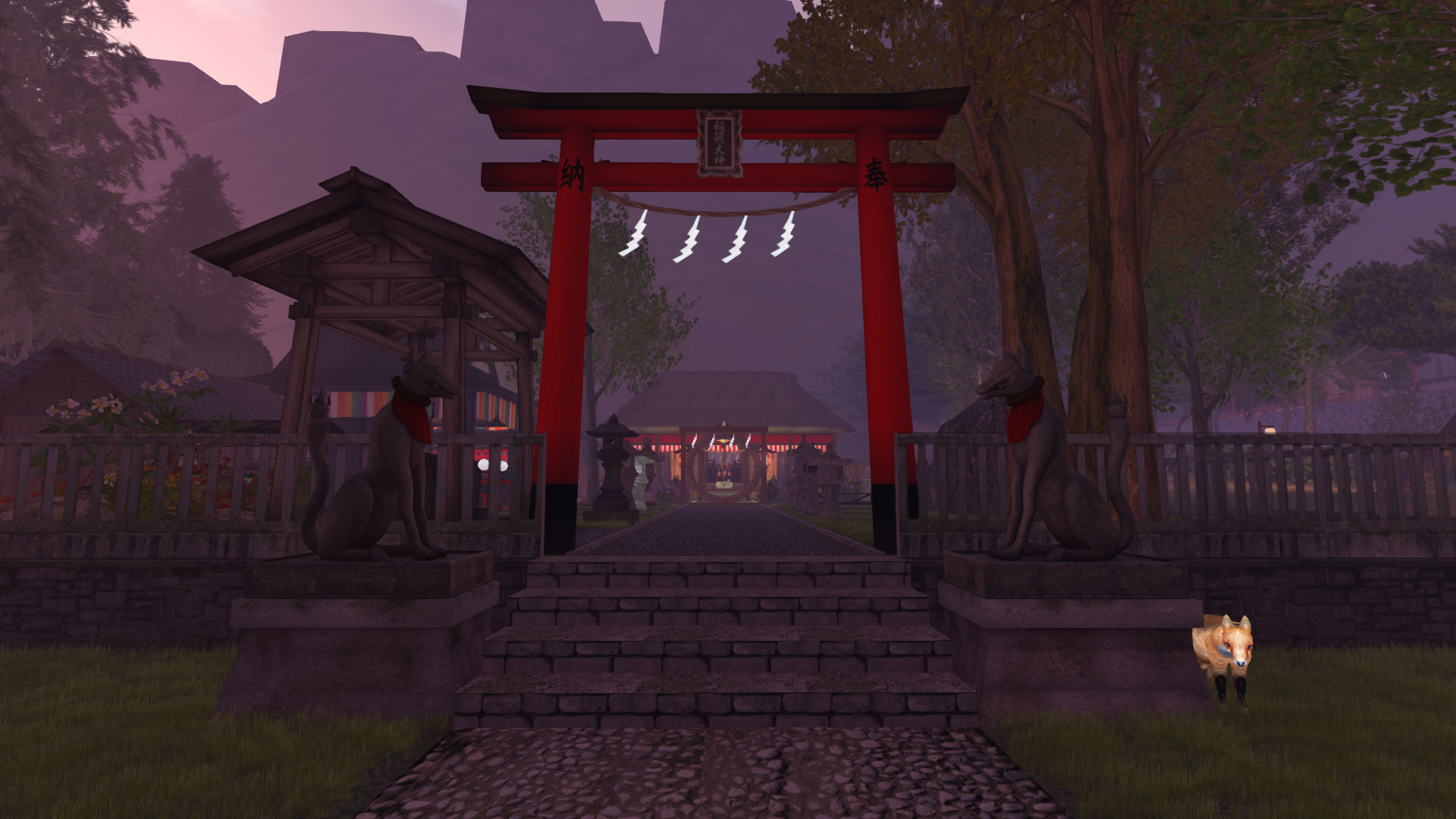
Shinto, Japan’s indigenous religion, is going global, writes anthropologist Kaitlyn Ugoretz in the online magazine The Conversation (February 10). The small but growing community of Shinto practitioners scattered around the world has been created largely through online rituals and practices circulated by Shinto temples and groups (though not from Japan, where such online services are seen as taboo). While Shinto formally venerates the Japanese emperor’s divine status as a descendent of the sun goddess Amaterasu and related spirits known as kami, the religion’s ethical and spiritual practices are drawing many non-Japanese devotees. Scholars find that aside from veneration, the new followers of Shinto are drawn to its practical benefits of good health, prosperity, and safety. Global practitioners have stressed the “spiritual but not religious” nature of Shinto, which has no founder, doctrine, or sacred texts. Ugoretz adds that the digital Shinto communities have existed practically since the birth of the Internet, starting with a “Shinto Mailing List” in 2000 as a space where 1,000 likeminded people discussed the religion. By 2020, Shinto communities included approximately 6,000 to 10,000 members hosted across various social media platforms and even virtual worlds.
Non-Japanese people have received certification as Shinto priests, and Shinto shrines can be found around the world, including in the United States, Brazil, and the Netherlands. Shrines, such as Tsubaki Grand Shrine of America and Shinto Shrine of Shusse Inari in America, have started their own online communities. Many practitioners first encountered Shinto via an interest in Japan stimulated through anime, video games, martial arts, or tourism. Some Shinto priests teach their faith through popular culture, performing rituals and giving talks at cultural events and fan conventions. In their rituals, practitioners are supposed to offer the traditional staples of rice, water, and salt, but some Shinto devotees may offer similar, local substitutes, such as oats instead of rice. “They may also make creative additions to their altars, personalizing the space and their relationship with the kami. Others have difficulty sourcing the materials required to set up a Shinto altar, especially the sacred ‘ofuda’ talisman, which must be received from a shrine. They may build their own altars or pay their respects at a digital altar in an app,” Ugoretz writes.
 Source: Second Life Shinto Shrine Register.
Source: Second Life Shinto Shrine Register.